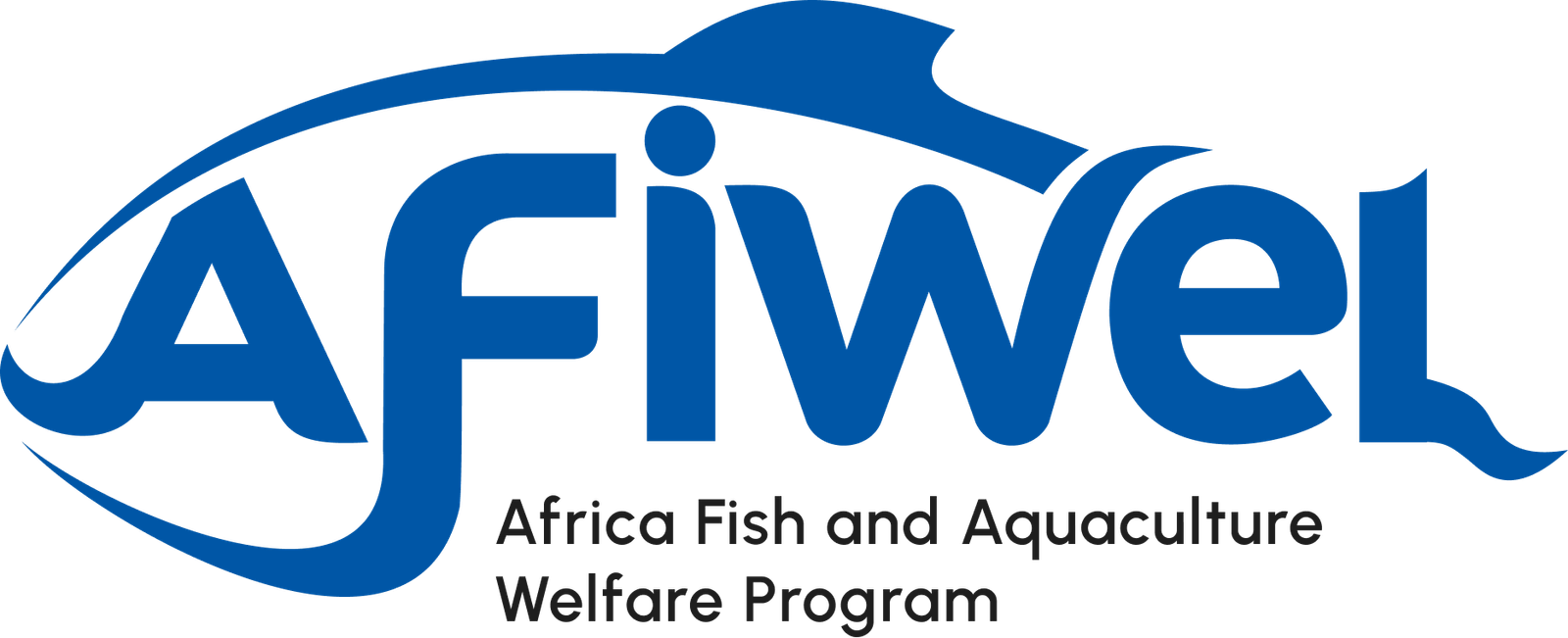Resources
Search for any resource here
Or filter by
Type of Paper
Subject Category
Year of Publication
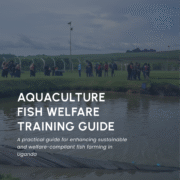
Category: Fish Welfare
Year of Publication: 2025
UGANDA FISH WELFARE TRAINING GUIDE
The Uganda Fish Welfare Training Guide offers tailored insights into aquaculture practices, integrating welfare standards such as the Five Freedoms, Five Domains, and Five Pillars. It provides practical guidance on husbandry, disease prevention, transport, humane slaughter, and antimicrobial use, equipping farmers, veterinarians, and policymakers to foster sustainable, welfare-oriented aquaculture.
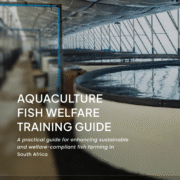
Category: Fish Welfare
Year of Publication: 2025
SOUTH AFRICA FISH WELFARE TRAINING GUIDE
This AFIWEL guide advances fish welfare in South Africa’s aquaculture sector. It integrates the Five Freedoms, Five Domains, and Five Pillars frameworks of fish welfare, alongside best practices on water, feeding, handling, slaughter, and biosecurity. Designed for farmers, professionals, and policymakers, it promotes ethical, sustainable aquaculture that supports food security and environmental sustainability.

Category: Fish Welfare
Year of Publication: 2025
IMPACT REPORT AQUAWEL CONFERENCE 2025
The AQUAWEL Conference 2025 made history as Africa’s first dedicated platform focused exclusively on fish and Aquatic animal welfare. Hosted virtually over two days, the conference convened over 660 participants from 44 countries, including 23 African nations, and brought together experts across aquaculture, fisheries, veterinary services, policy, research, NGOs, and animal welfare.
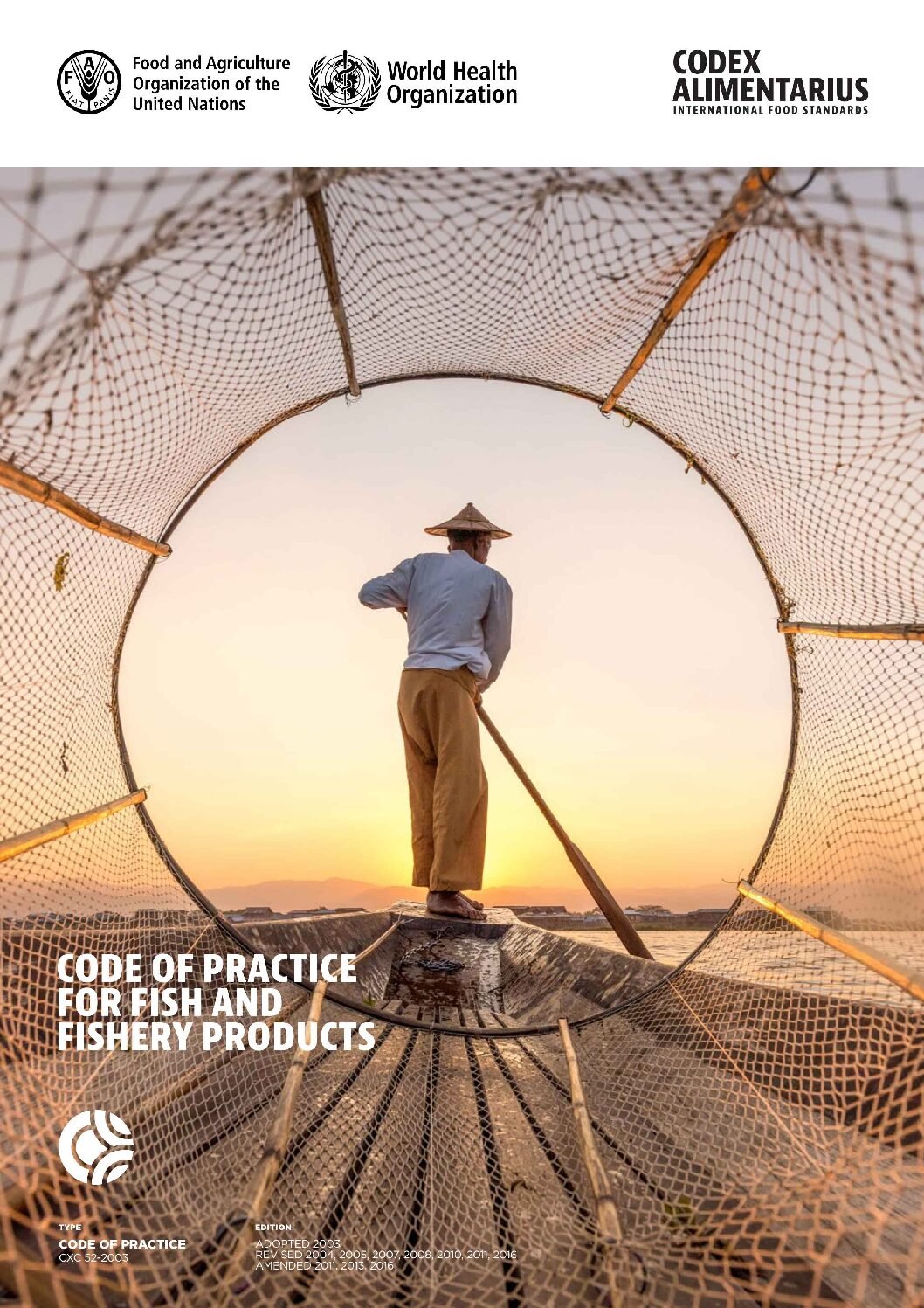
Year of Publication: 2016
CODE OF PRACTICE FOR FISH AND FISHERY PRODUCTS
The present Code of Practice for Fish and Fishery Products was developed by the Codex Committee on Fish and Fishery Products by merging the in- dividual codes and adding new sections. Those codes were primarily of a technological nature, offering general advice on the production, storage and handling of fish and fishery products on board fishing vessels and on shore.
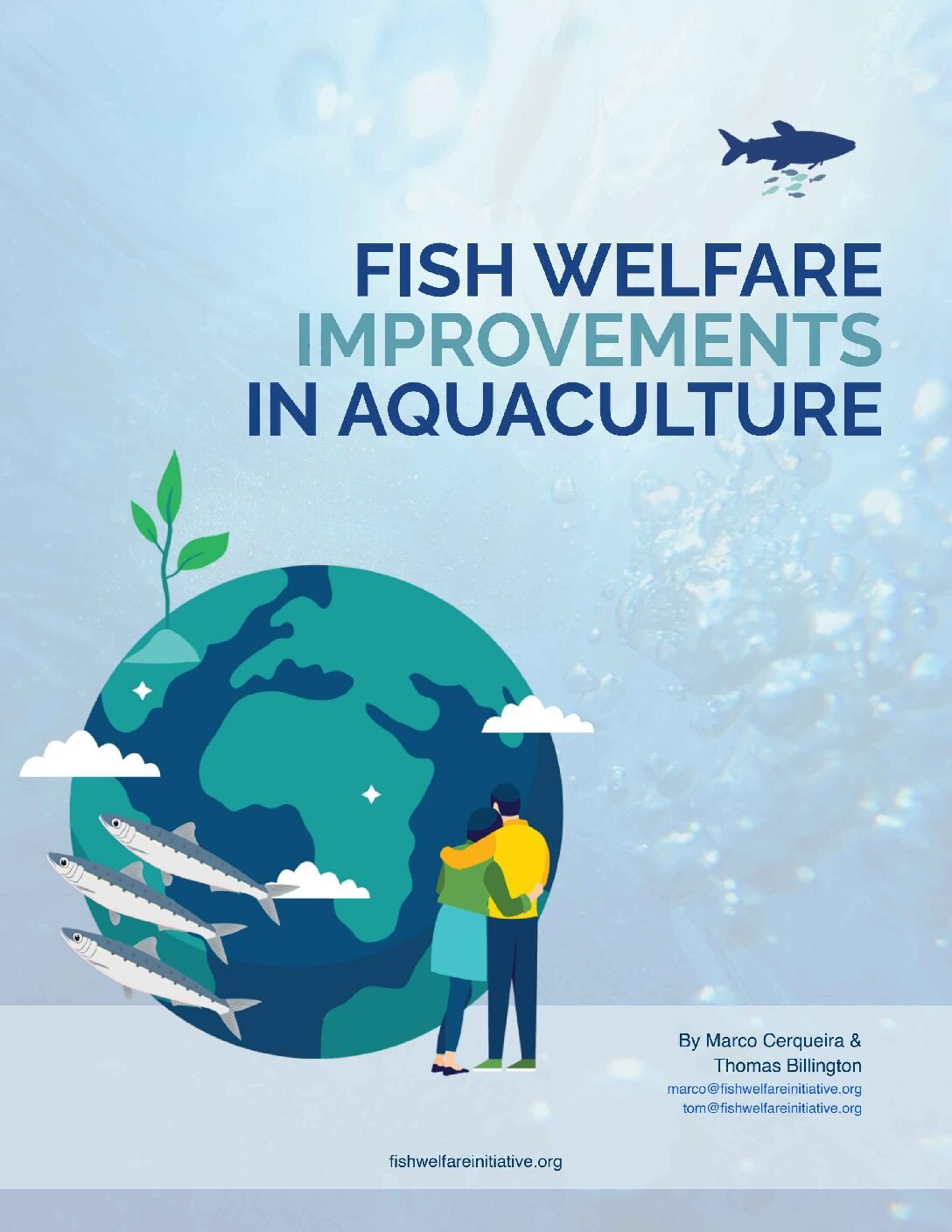
Category: Welfare
Year of Publication: 2020
FISH WELFARE IMPROVEMENTS IN AQUACULTURE
The primary focus of Fish Welfare Initiative’s work is addressing fish welfare in order to minimize the animal suffering associated with the way we rear and handle farmed fish. Therefore, Fish Welfare Initiative aims to use a definition of welfare that is practical, acceptable to most stakeholders, and takes into account the complexities of a fish’s inner state – its individualit
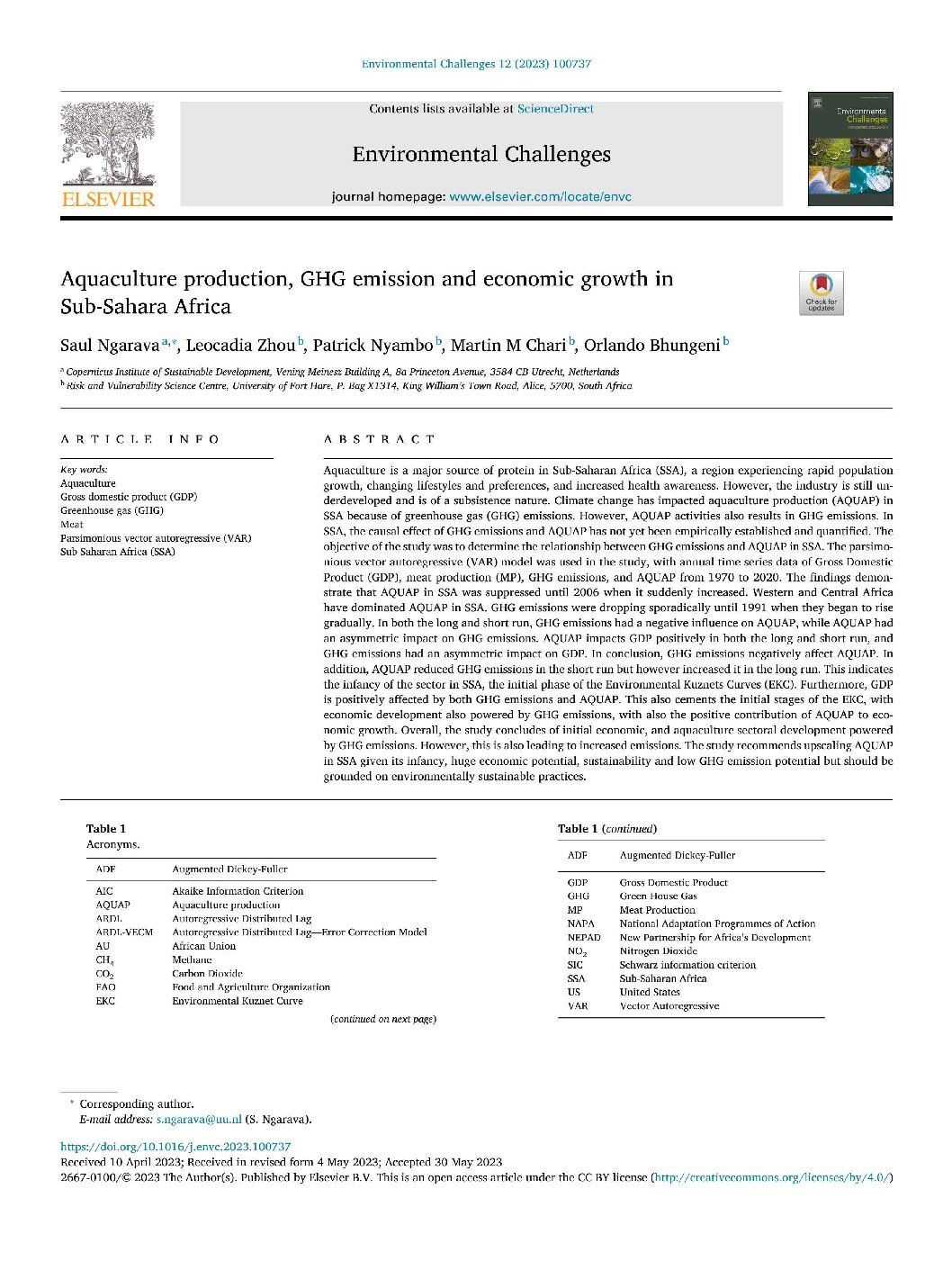
Category: Sustainable Aquaculture
Year of Publication: 2023
Aquaculture production, GHG emission and economic growth in Sub-Sahara Africa
Aquaculture is a major source of protein in Sub-Saharan Africa (SSA), a region experiencing rapid population growth, changing lifestyles and preferences, and increased health awareness. However, the industry is still underdeveloped and is of a subsistence nature. Climate change has impacted aquaculture production (AQUAP) in SSA because of greenhouse gas (GHG) emissions

